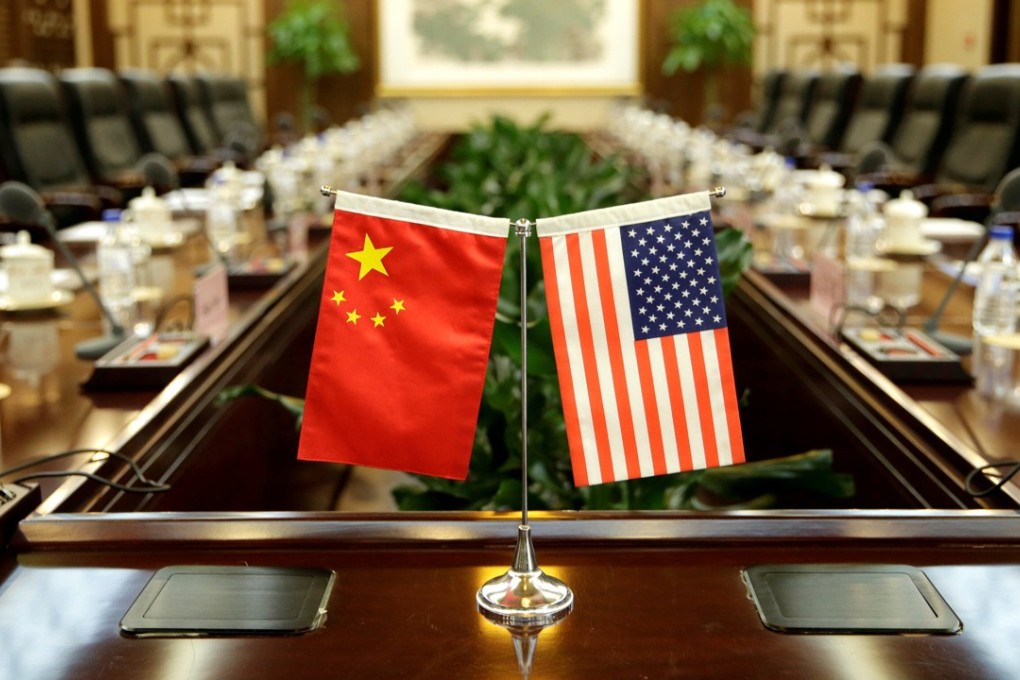China leaves door open for trade war talks but not with American ‘knife at its throat’
Chinese officials say the United States must treat it as an equal and keep its word on agreements

The door for renewed high-level trade talks between Beijing and Washington is still open but China will not agree to proceed with a “knife at its throat”, Wang Shouwen, the vice-minister of commerce who led the Chinese delegation to Washington for the last round of trade talks in August, said on Tuesday.
China has referred to US tariffs as a knife at its throat since the first levies were imposed in July. While Wang and seven other top officials briefing the media on Monday’s “white paper” did not say directly that the United States would have to remove all tariffs before any new trade talks, that condition seemed to be implied.
The white paper is the country’s most comprehensive statement of its trade war stance to date and came as new tit-for-tat tariffs came into effect.
In it, China accused Washington of “bullying” tactics and economic “intimidation”, while underlining its own position that only cooperation on trade issues would produce results. Beijing continued to try to occupy the moral high ground on the trade issue and globalisation in general while portraying the US as the economic aggressor and China as the undeserving victim.
Wang said new talks to resolve the trade dispute could take place if the US treated China as an equal and kept its word to abide by any agreements.
“China and the US have held four rounds of high-level talks. Many agreements were made, and the two sides even filed a joint statement,” he said, referring to talks in May when it appeared briefly that a framework for avoiding a trade war had been worked out.
“But the US side turned the tables, abandoned those agreements and slapped restrictive trade measures [on Chinese imports], making it impossible to proceed with further talks.”

On Saturday, Beijing turned down an invitation from Washington for another round of trade talks this month after US President Donald Trump ordered the imposition of tariffs on an additional US$200 billion in Chinese imports. Those tariffs took effect on Monday, with China retaliating with tariffs on US$60 billion of US goods.